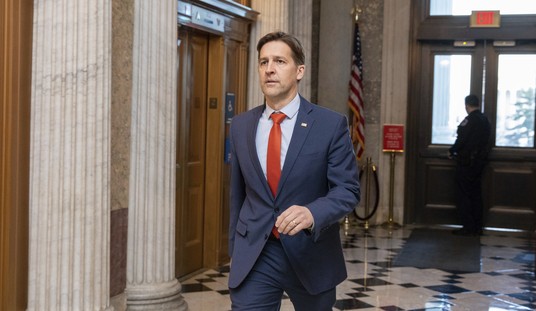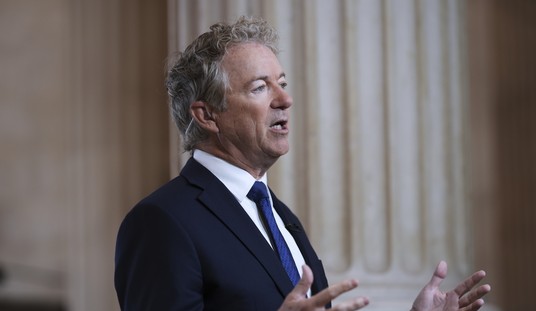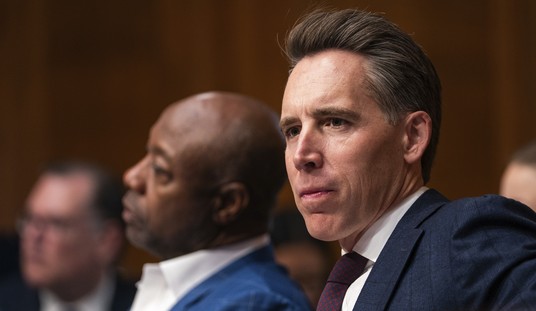While this so obvious legally that it almost isn’t even news, it nonetheless does allow the injunction to remain in place pending a cert petition to the Supreme Court:
AUSTIN, TX – Texas Attorney General Ken Paxton says that his office today secured a “major victory” against the Obama Administration’s illegal attempt to change national immigration law.
From Attorney General Ken Paxton:
The Texas Attorney General’s Office today secured a major victory against the Obama Administration’s illegal attempt to unilaterally change national immigration law. The U.S. Fifth Circuit Court of Appeals upheld a district court decision halting the president’s executive amnesty plan, ruling in favor of the Texas-led coalition of 26 states. The Court ruled that the president has “no statutory authority” to take his unilateral action.
As the lower court noted when it ruled on this issue, Obama’s executive action is legally suspect in a whole host of ways, but at the very least it was blatantly enacted without notice-and-comment as required by the APA. The Fifth Circuit agreed with this facially obvious conclusion, as you can see from their ruling here. Ironically, one of the key bases for the finding of judicial reviewability of this particular case is whether the DAPA memo in question merely guided INS’s discretion or whether it provided, essentially, a concrete rule. On its face the DAPA memo purported to tell the officers that they had the discretion to review each case individually, which might have precluded Obama’s executive amnesty from judicial review at all.
Predictably, Obama himself helped screw the whole thing up by clearly stating in public that anyone who didn’t follow the stated policy would face discipline:
The government advances the notion that DAPA is exempt from notice and comment as a policy statement.122 We evaluate two criteria to distinguish policy statements from substantive rules: whether the rule (1) “impose[s] any rights and obligations” and (2) “genuinely leaves the agency and its decisionmakers free to exercise discretion.”123 There is some overlap in the analysis of those prongs “because ‘[i]f a statement denies the decisionmaker discretion in the area of its coverage . . . then the statement is binding, and creates rights or obligations.’”124 “While mindful but suspicious of the agency’s own characterization, we . . . focus[] primarily on whether the rule has binding effect on agency discretion or severely restricts it.”125 “[A]n agency pronouncement will be considered binding as a practical matter if it either appears on its face to be binding, or is applied by the agency in a way that indicates it is binding.” Gen. Elec., 290 F.3d at 383 (citation omitted). Although the DAPA Memo facially purports to confer discretion,126 the district court determined that “[n]othing about DAPA ‘genuinely leaves the agency and its [employees] free to exercise discretion,’”127 a factual finding that we review for clear error. That finding was partly informed by analysis of the implementation of DACA, the precursor to DAPA.128 Like the DAPA Memo, the DACA Memo instructed agencies to review applications on a case-by-case basis and exercise discretion, but the district court found that those statements were “merely pretext”. . .
In denying the government’s motion for a stay of the injunction, the district court further noted that the President had made public statements suggesting that in reviewing applications pursuant to DAPA, DHS officials who “don’t follow the policy” will face “consequences,” and “they’ve got a problem.”135
Schadenfreude. It’s what’s for dinner.













Join the conversation as a VIP Member